Best apps for productivity
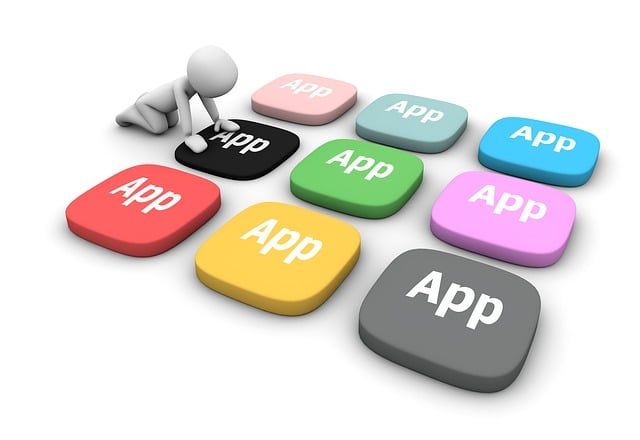
There are many productivity apps available that can help you stay organized and on top of your tasks. Some popular options include Trello, Asana, and Todoist for project management and task tracking, Evernote and OneNote for note-taking and organization, and Focus To-Do for time management and productivity. Other useful apps for boosting productivity include Forest, which helps with digital distraction, and Freedom, which blocks distracting websites and apps. Ultimately, the best app for productivity will depend on your individual needs and preferences.

Top productivity apps

Productivity apps can help individuals and teams stay organized, manage their time effectively, and boost their productivity. Here are the top 10 best productivity apps available today:
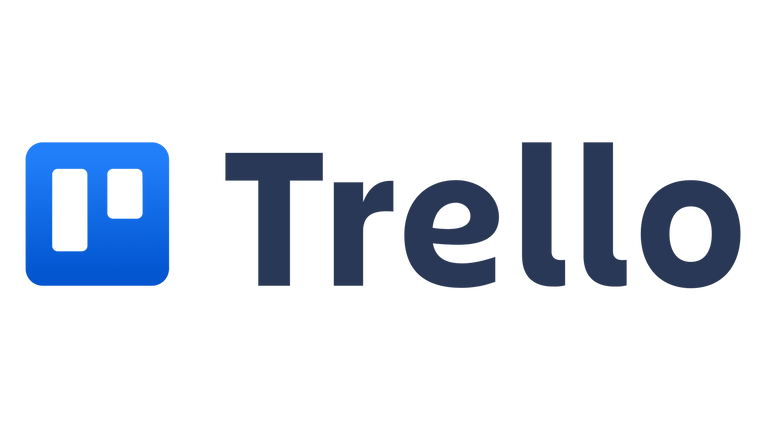
Trello: Trello is a popular project management and task tracking app that uses a board-based system to help users visualize their projects and tasks. It allows users to create cards for each task, organize them into lists, and assign labels and due dates to keep track of progress. Trello also offers a variety of integrations with other tools, making it a versatile option for teams and individuals.

Asana: Asana is another popular project management and task tracking app that offers a range of features for organizing and prioritizing work. It allows users to create tasks and subtasks, assign them to team members, and set deadlines and reminders to ensure that work stays on track. Asana also offers integrations with popular tools like Slack, Dropbox, and Google Drive.
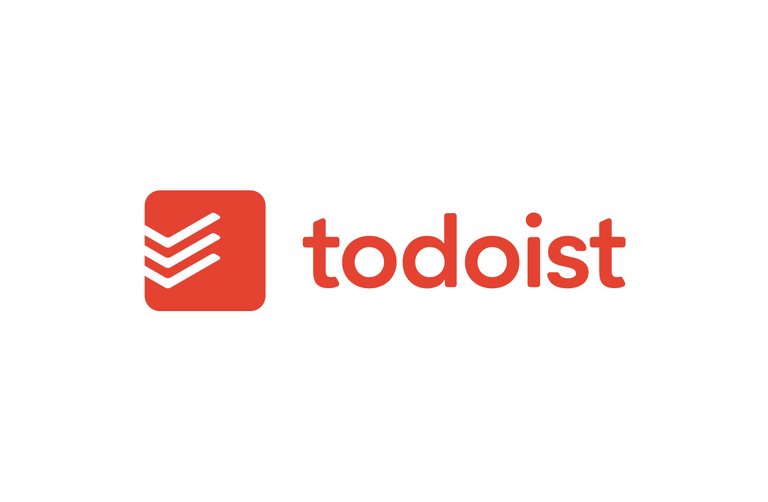
Todoist: Todoist is a simple yet powerful task management app that helps users stay organized and on top of their tasks. It allows users to create to-do lists, assign tasks to different projects, and set due dates and priorities to keep track of their progress. Todoist also offers a range of features for collaboration, including the ability to assign tasks to team members and comment on tasks.
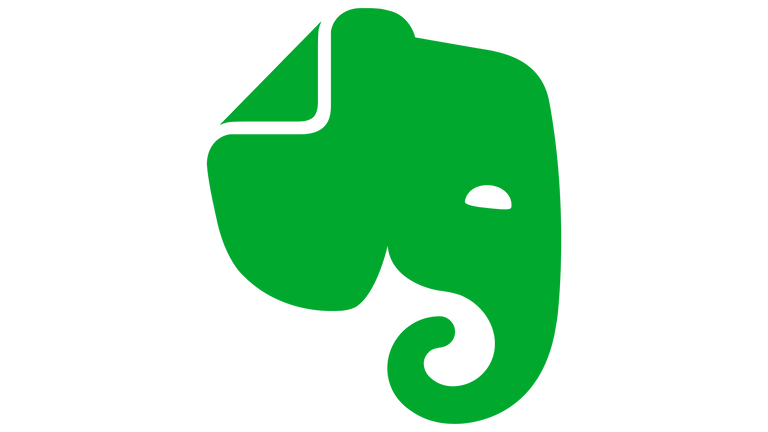
Evernote: Evernote is a versatile note-taking and organization app that helps users capture and organize their thoughts, ideas, and notes. It offers a range of features for organizing notes, including the ability to create notebooks, add tags and notes, and attach files and images. Evernote also offers a variety of integrations with other tools, making it a valuable tool for teams and individuals.
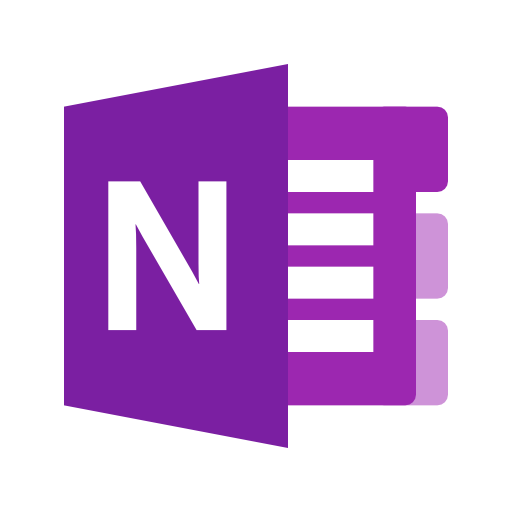
OneNote: OneNote is a note-taking app that is part of the Microsoft Office suite. It offers a range of features for organizing notes, including the ability to create notebooks, add pages and sections, and insert images and files. OneNote also offers a variety of integrations with other Microsoft tools, such as Excel and PowerPoint, making it a useful option for teams and individuals who use Microsoft products.
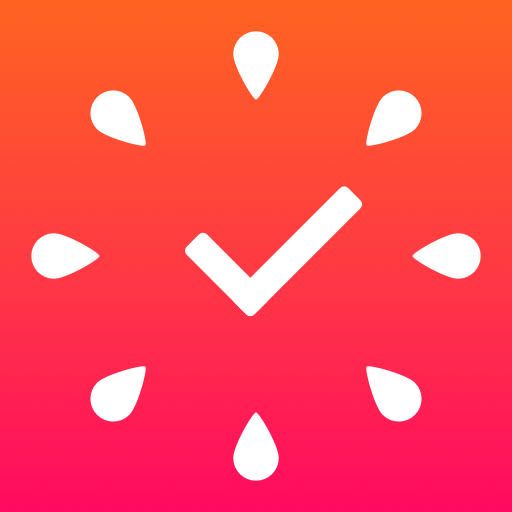
Focus To-Do: Focus To-Do is a time management and productivity app that helps users stay organized and focused on their tasks. It allows users to create to-do lists, set priorities and deadlines, and track their progress. Focus To-Do also offers a range of features for collaboration, including the ability to assign tasks to team members and comment on tasks.

Forest: Forest is a unique productivity app that helps users stay focused and avoid digital distraction. It works by planting a virtual tree in the app whenever the user wants to focus on a task. If the user leaves the app to use another app or visit a distracting website, the tree will die. The goal is to help users stay focused and build a "forest" of trees in the app.
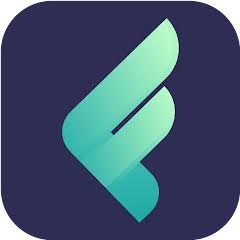
Freedom: Freedom is a productivity app that helps users block distracting websites and apps. It allows users to create blocks, or "schedules," during which certain websites and apps will be inaccessible. This can help users stay focused and avoid the temptation of checking social media or other distracting websites while working.

RescueTime: RescueTime is a productivity app that helps users track and analyze their time spent on different tasks and activities. It runs in the background of the user's device and tracks the apps and websites they use, providing a detailed report on where their time is being spent. This can help users identify time-wasting activities and make adjustments to improve their productivity.